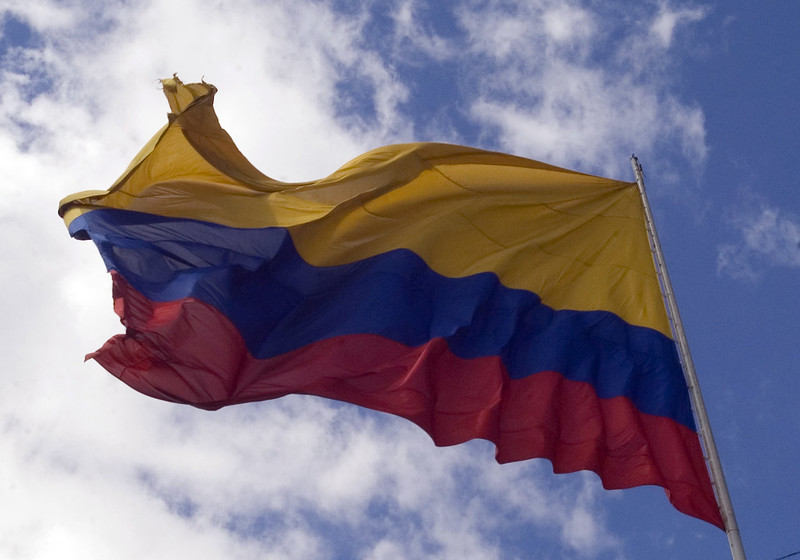
The name of a country is much more than a simple geographical designation; it is a fundamental part of its identity and history. Colombia, a vibrant and diverse nation in South America, is no exception. Its name has deep roots that span centuries and reveal much about its past and its people.
Colombia was previously known as Nueva Granada, a designation granted by the Spanish monarchy to the set of provinces that made up the present-day Colombian territory. These provinces were mostly the same ones that constituted the New Kingdom during colonial times.
But how did Colombia become Colombia? To understand the origin and meaning of the name we need to go back in time. The name “Colombia” is a tribute to the explorer and navigator Christopher Columbus, whose first Spanish expedition to America in 1492 marked a historic milestone. The connection to Columbus is evident in the country’s name and is mentioned in one of the verses of the national anthem, which states that Colombia’s land is “bathed in the blood of heroes.”

Name changes throughout history
Throughout its history, the country has undergone changes in its name and the extent of its territory. After the secession of Venezuela and Ecuador in 1830, the Republic of Nueva Granada emerged as a new name. Later, in 1858, the country adopted federalism and became the Granadine Confederation.
In 1863, the country took on the name United States of Colombia, a title that reflected its federal structure. However, in 1886, a significant transformation occurred, and it became the Republic of Colombia, a name that has endured to this day.
The meanings of the colors in the Colombian flag
The flag of Colombia, known as the “tricolor,” is a national symbol with profound meaning. It consists of three stripes of different colors: yellow in the upper stripe, blue in the middle stripe, and red in the lower stripe. Yellow represents the wealth of Colombian soil and symbolizes the sun as a source of light, sovereignty, harmony and justice. Blue represents the sky above the homeland, as well as the rivers and the two oceans that surround Colombian territory. Red is steeped in history and commemorates the blood shed by patriots in their quest for freedom. It also evokes feelings of love, power, strength and progress.

Colombia in the global context
The influence of the name “Colombia” transcends the borders of South America. Throughout the 18th century, the name “Colombia” became popular in the English colonies of North America and Canada to designate districts, cities, rivers, and more. The United States has the District of Columbia (Washington D.C.), while Canada has the province of British Columbia. These names pay tribute to Christopher Columbus and his impact on global history.
The name “Colombia” is much more than a word on a map; it is a legacy of exploration, the struggle for freedom, and an identity rooted in the natural riches and diversity of its land. This nation has come a long way from the time of Nueva Granada, but its name continues to be a reminder of its history and its promise for the future.
See all the latest news from Colombia and the world at ColombiaOne.com. Contact our newsroom to report an update or send your story, photos and videos. Follow Colombia One on Google News, Facebook, Instagram, and subscribe here to our newsletter.

